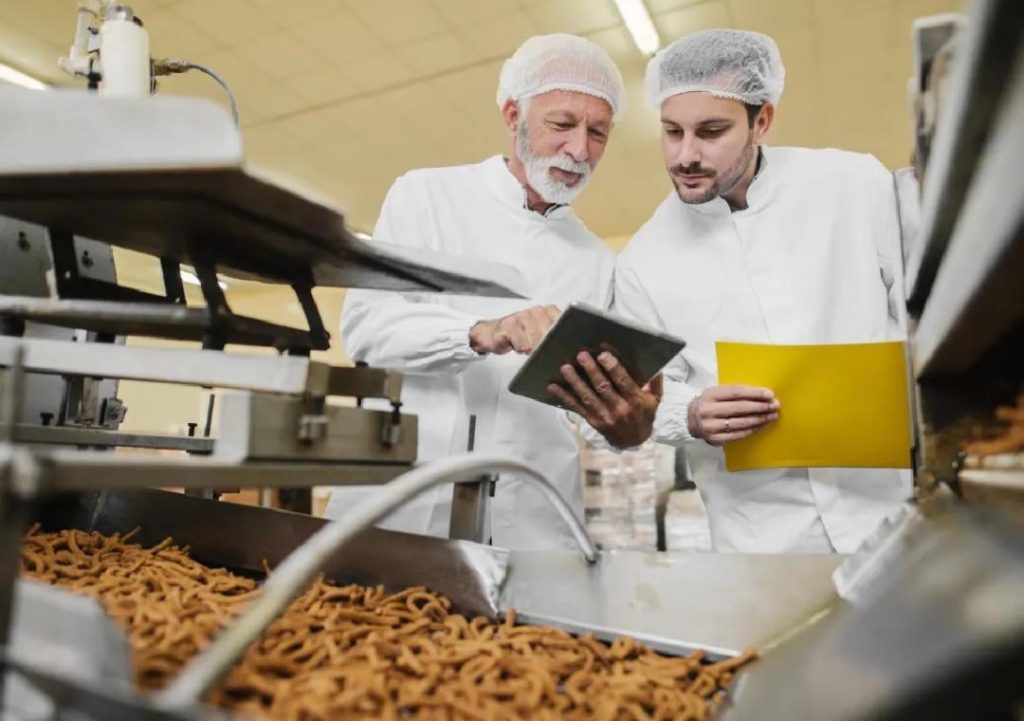
Can P&L Optimisation Redefine Success in Food Technology?
The food technology industry is a dynamic and rapidly evolving sector, with companies constantly seeking ways to improve profitability and stay ahead of the competition. One area where food tech companies are achieving significant gains is through P&L (Profit and Loss) optimisation. By leveraging automation, smart inventory systems, and data analytics, food tech businesses are streamlining their P&L operations, cutting waste, sharpening demand forecasting, and making better decisions.
In this blog post, we’ll explore the importance of P&L optimisation in the food tech industry, the benefits it brings, and how companies can achieve scalable models to boost margins, ensure sustainable growth, and remain competitive.
The Challenges of P&L Management in Food Tech
Managing P&L in the food tech industry is a complex task, thanks to the unique demands of the sector. Food tech companies face a multitude of challenges, including:
- High inventory costs: Food products have a limited shelf life, making inventory management a critical aspect of P&L management.
- Fluctuating demand: Demand for food products can be unpredictable, making it challenging to forecast sales and manage inventory accordingly.
- Supply chain complexity: Food tech companies rely on a complex network of suppliers, manufacturers, and distributors, making it essential to manage relationships and optimise logistics.
- Regulatory compliance: Food tech companies must adhere to strict regulations and standards, adding to the complexity of P&L management.
The Benefits of P&L Optimisation
By streamlining P&L operations, food tech companies can achieve significant benefits, including:
- Reduced waste: Automation and smart inventory systems can identify and eliminate waste, reducing costs and improving profitability.
- Improved demand forecasting: Data analytics and machine learning algorithms can help food tech companies accurately forecast demand, reducing inventory costs and improving supply chain efficiency.
- Better decision-making: Data-driven insights provide a clear picture of P&L performance, enabling food tech companies to make informed decisions and adjust strategy accordingly.
- Increased scalability: Optimised P&L operations enable food tech companies to scale efficiently, ensuring sustainable growth and competitiveness.
How Food Tech Companies are Achieving P&L Optimisation
Food tech companies are adopting a range of strategies to optimise P&L operations, including:
- Automation: Implementing automation solutions, such as automated inventory management systems, can reduce errors and improve efficiency.
- Data analytics: Leveraging data analytics and machine learning algorithms to track P&L performance, identify trends, and make data-driven decisions.
- Smart inventory systems: Implementing smart inventory systems that use sensors and IoT technology to track inventory levels and monitor supply chain performance.
- Collaborative planning: Working closely with suppliers and partners to streamline logistics and improve supply chain efficiency.
Case Studies: Food Tech Companies Achieving P&L Optimisation
Several food tech companies have achieved significant success by optimising P&L operations. Here are a few examples:
- Food logistics company, Maersk: Maersk, a leading food logistics company, implemented a data analytics platform to track supply chain performance, reducing costs by 15% and improving on-time delivery rates by 20%.
- Food manufacturer, Kraft Heinz: Kraft Heinz, a leading food manufacturer, implemented a smart inventory system to track inventory levels and monitor supply chain performance, reducing inventory costs by 10% and improving product availability by 15%.
- Food delivery company, Uber Eats: Uber Eats, a leading food delivery company, implemented a data analytics platform to track demand and optimise logistics, reducing delivery times by 30% and improving customer satisfaction by 20%.
Conclusion
In conclusion, P&L optimisation is a critical aspect of success in the food tech industry. By streamlining P&L operations, food tech companies can reduce waste, improve demand forecasting, and make better decisions, ultimately boosting margins, ensuring sustainable growth, and staying competitive in the industry.
As the food tech industry continues to evolve, it’s essential for companies to stay ahead of the curve by adopting scalable models, leveraging automation, smart inventory systems, and data analytics. By doing so, food tech companies can redefine success and drive growth in this rapidly changing industry.
News Source:
https://www.growthjockey.com/blogs/p-and-l-operations-in-food-tech






